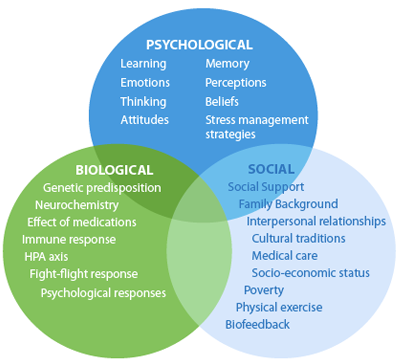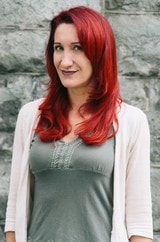|
Greetings again to you all! I've recently been occupied by the project of moving into my own office (news about that to follow soon), but have been wanting to return to this topic.
Before moving on to further discuss treatment, I'd like to mention an important point that's related to the biopsychosocial model: people use substances for reasons. These reasons can be viewed as pathological, or entirely normative within one’s culture and time. Here are some examples:
(This is hardly an exhaustive list--can you think of any other ones to add?) As we will see in future installments, exploring these reasons will heavily inform the direction treatment will take, and aid us in creating a compassionate frame for intervention. That's all for now! I hope to have another installment for you coming up soon. Thanks for reading!
0 Comments
Your comment will be posted after it is approved.
Leave a Reply. |
Jessica Katzman, Psy.D.I'm a psychologist with a private practice in San Francisco's Castro District. I'm interested in harm reduction, LGBTQQIAAP issues, psychedelic integration, social justice conversations, size acceptance, and any intersections of the above. I welcome your comments! Categories
All
Archives
June 2020
Disclaimer: The information and resources contained on this website are for informational purposes only and are not intended to assess, diagnose, or treat any medical and/or mental health disease or condition. The use of this website does not imply nor establish any type of therapist-client relationship. Furthermore, the information obtained from this site should not be considered a substitute for a thorough medical and/or mental health evaluation by an appropriately credentialed and licensed professional. This website includes links to other websites for informational and reference purposes only. This website does not endorse, warrant or guarantee the products, services or information described or offered at these other websites. Examine the content carefully.
|


 RSS Feed
RSS Feed